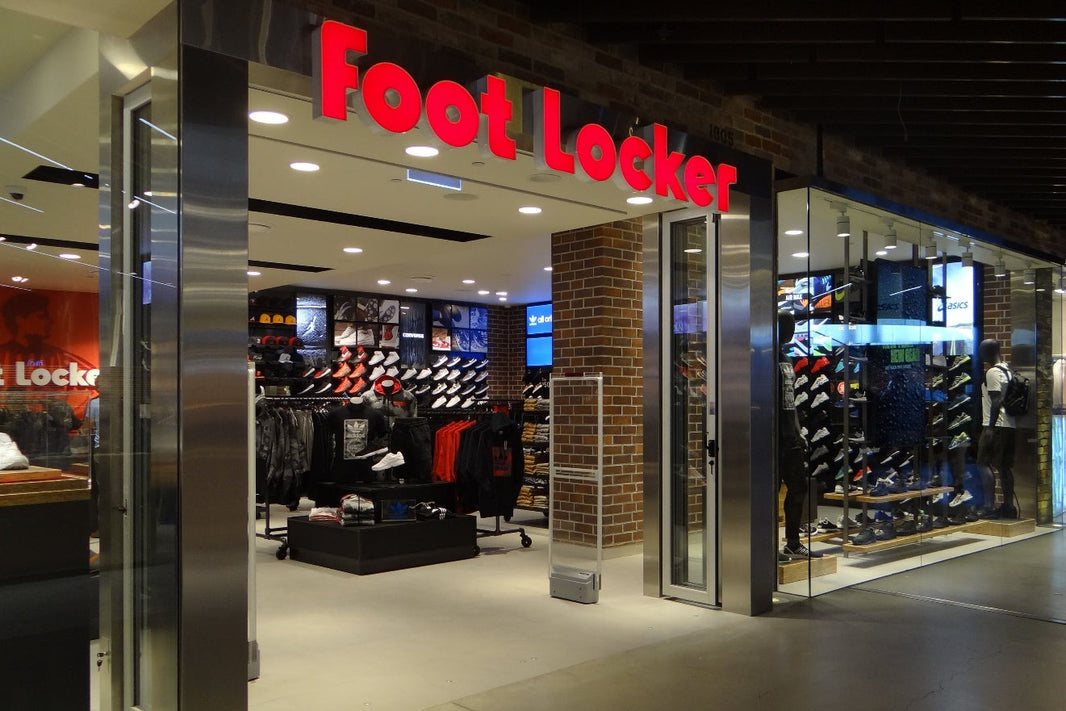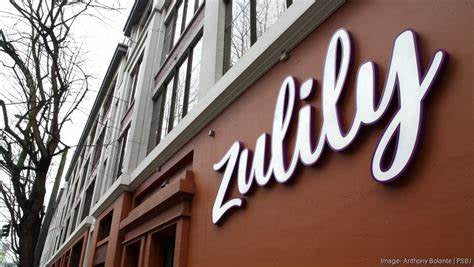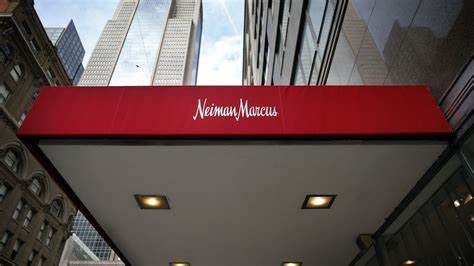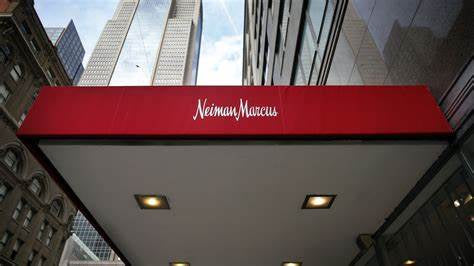Under Armour’s e-commerce sales took a significant hit in Q3, plummeting 20% as the activewear giant scaled back on promotional campaigns. Despite this decline, the company’s overall revenue exceeded analyst expectations, offering a glimmer of hope in an otherwise challenging period. Led by founder and CEO Kevin Plank, who returned to the helm nearly a year ago, Under Armour is navigating a complex turnaround strategy aimed at revitalizing its brand and strengthening its market position. Here’s a closer look at the latest developments and what they mean for the company’s future.
Revenue Highlights: Mixed Results with a Positive Spin
According to a press release issued Thursday, Under Armour’s net revenue for Q3 fell 5.7%, totaling $1.4 billion. In North America, its primary market, revenue dropped 7.8% to $844 million. The direct-to-consumer (DTC) segment saw a 9% decline, driven largely by the steep 20% reduction in online sales. This pullback from heavy discounts reflects a deliberate shift in strategy to bolster brand equity rather than compete solely on price. Meanwhile, wholesale revenue proved more resilient, dipping just 1% to $705 million.
Despite these declines, the results outperformed Wall Street forecasts, prompting Under Armour to slightly raise its full-year guidance. However, the company still anticipates a 10% revenue drop for the year. On a call with analysts, Plank expressed cautious optimism, emphasizing progress in the brand’s ongoing transformation.
Strategic Overhaul Under Kevin Plank’s Leadership
Since reassuming the CEO role, Plank has spearheaded significant changes to reposition Under Armour in a crowded activewear market. The company has reduced its product lineup by 25%, implemented layoffs, and plans to close a distribution center in California. These moves are part of a broader effort to streamline operations and refocus on premium offerings. Plank highlighted the success of this shift, noting that Under Armour’s push toward high-end products is gaining traction, supported by key hires like Chief Design Officer John Varvatos (who joined in 2023), a new chief product officer, and other strategic leaders.
However, Plank acknowledged the challenge of long lead times in the apparel industry, where developing a new shoe or shirt can take up to 18 months. “I just wish everything could go faster,” he remarked, underscoring that the fruits of last year’s efforts won’t materialize until late 2025 or early 2026.
Wholesale Expansion and Premium Distribution Focus
Looking ahead to 2025, Under Armour plans to expand its wholesale partnerships, particularly with boutique retailers. Chief Financial Officer Dave Bergman emphasized the company’s ongoing collaboration with Kohl’s, a key partner for reaching female consumers. Unlike some competitors, Under Armour’s wholesale accounts are diversified, with no single partner accounting for nearly 10% of sales. Plank stressed that the goal isn’t to reduce current distribution but to add “better” and “best” partners to showcase its premium products.
Marketing and Loyalty Program Investments
Under Armour is also doubling down on marketing, including its loyalty program, which now boasts 17 million members. Plank aims to transform the program from a discount-driven model into a community-building platform, fostering deeper connections with customers. These efforts are part of a broader push to reassert the brand’s relevance in a competitive landscape dominated by giants like Nike and emerging players alike.
Analyst Perspective: A Brand in Transition
Neil Saunders, Managing Director at GlobalData, offered a balanced take on Under Armour’s performance. “The negative sales figures could reflect either a strategic reengineering to strengthen the brand or a disconnect with consumers in a tough market,” he said in an email. “The reality likely lies somewhere in between.” Saunders’ analysis highlights the dual narrative surrounding Under Armour: a company intentionally reshaping itself while grappling with lingering challenges.
Tariff Advantage and Future Outlook
One bright spot for Under Armour is its minimal exposure to tariffs. With less than 3% of its products sourced from China and negligible amounts from Mexico and Canada, the brand is well-positioned to weather potential trade disruptions. This advantage could provide a competitive edge as it continues its turnaround journey.
SEO-Optimized Takeaway
Under Armour’s Q3 results reveal a brand at a crossroads, balancing short-term sales declines with long-term strategic gains. The 20% e-commerce drop underscores the risks of moving away from promotions, yet exceeding revenue expectations and a focus on premium products signal potential for recovery. As Kevin Plank steers the company toward wholesale growth, enhanced marketing, and a refined product lineup, all eyes are on whether Under Armour can reclaim its footing in the activewear arena by 2025. For the latest updates on Under Armour’s performance and strategy, stay tuned.






